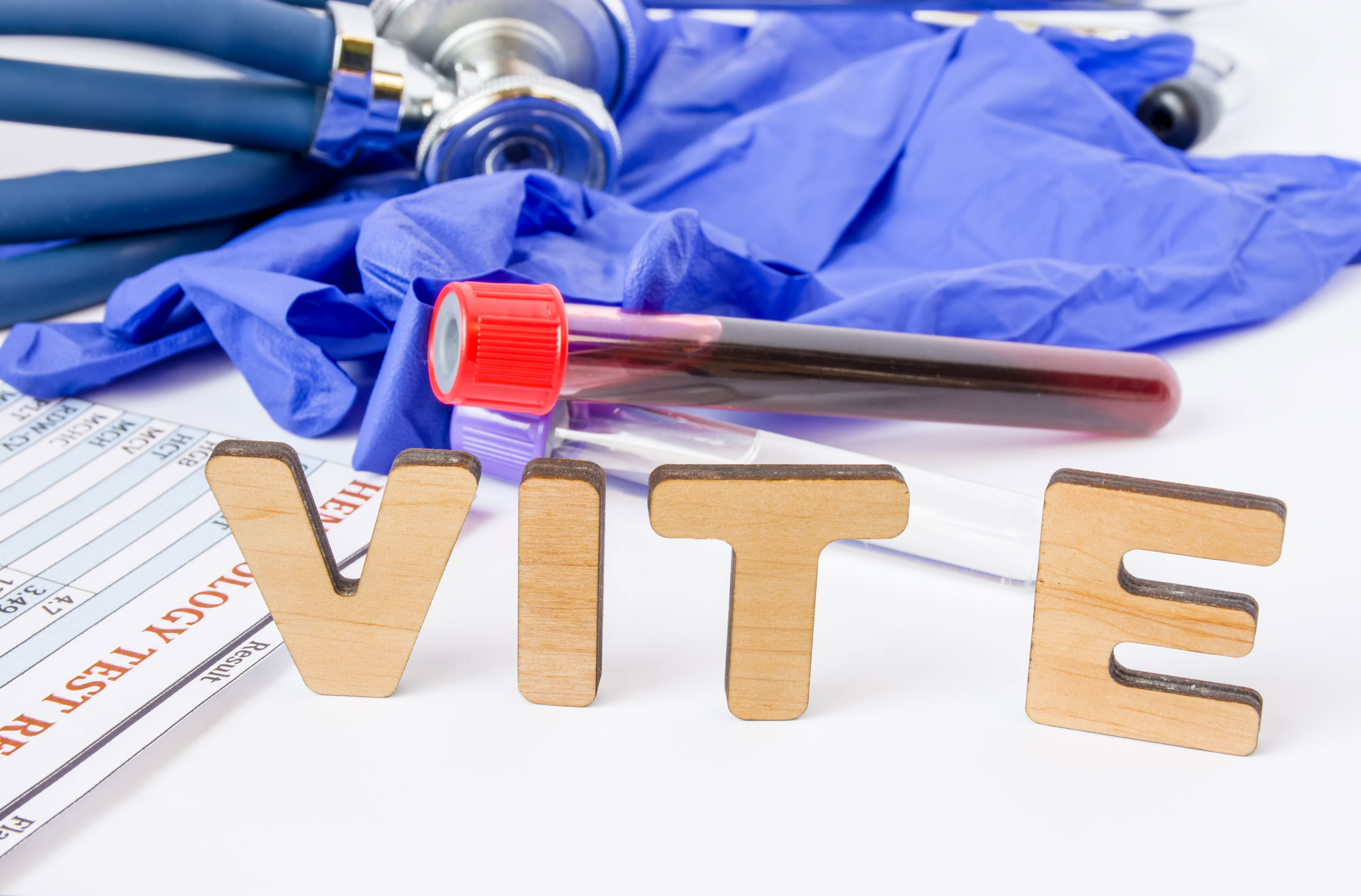
As we wrap up our extended coverage of the 2018 AAEP Convention, brought to you by Zoetis, we take a look at some research on vitamin E, the use of magnesium and boron for controlling headshaking, and polyacrylamide gel (PAAG) for intra-articular treatment of equine osteoarthritis (OA).
READ OR DOWNLOAD THE PDF OF THE ARTICLE HERE
Vitamin E
A variety of neuromuscular diseases develop due to vitamin E deficiency. Clinical signs associated with dietary deficiency of this fat-soluble vitamin include an abnormal stance, ataxia, muscle weakness and muscle atrophy, to name a few.
In this presentation, Carrie Finno, DVM, PhD, DACVIM, from the University of California, Davis, discussed natural and synthetic forms of vitamin E and what problems can be caused in horses due to deficiencies.
Magnesium and Boron for Headshakers
Trigeminal-nerve-mediated headshaking is an extremely frustrating syndrome for horse owners and their veterinarians. The neuropathic pain creates itching, tingling and electric-shock-like sensations that cause a horse to jerk its head suddenly, snort, rub or strike its face, or shake its head.
The incidence of trigeminal-mediated headshaking is 1-4.6%, with three-fourths of cases in geldings, especially in Quarter Horse or Thoroughbred breeds. The worst cases occur seasonally in spring and summer and might decrease with shortening daylight hours in fall and winter.
Shara Seldon, PhD, at the Department of Veterinary Medicine and Epidemiology at the University of California, Davis, presented a study using magnesium supplementation with or without boron. Her paper was co-authored with Drs. Monica Aleman, Laos Costa and John Madigan.
Intra-articular Polyacrylamide Gel
Scott McClure, DVM, presented on the use of polyacrylamide gel (PAAG) for intra-articular treatment of equine osteoarthritis (OA). He explained that there is no such thing as an FDA-approved veterinary device and that PAAG gel is considered a device.
In one of the field trial studies, by 16 months following treatment with 4% PAAG, the synovia appeared relatively normal and no detrimental effects had occurred.
READ OR DOWNLOAD THE PDF OF THE ARTICLE HERE
The three previous articles in this four-article series from the 2018 AAEP Convention, brought to you by Zoetis, are also available online. You can find them here: Part 1, Part 2 and Part 3.








